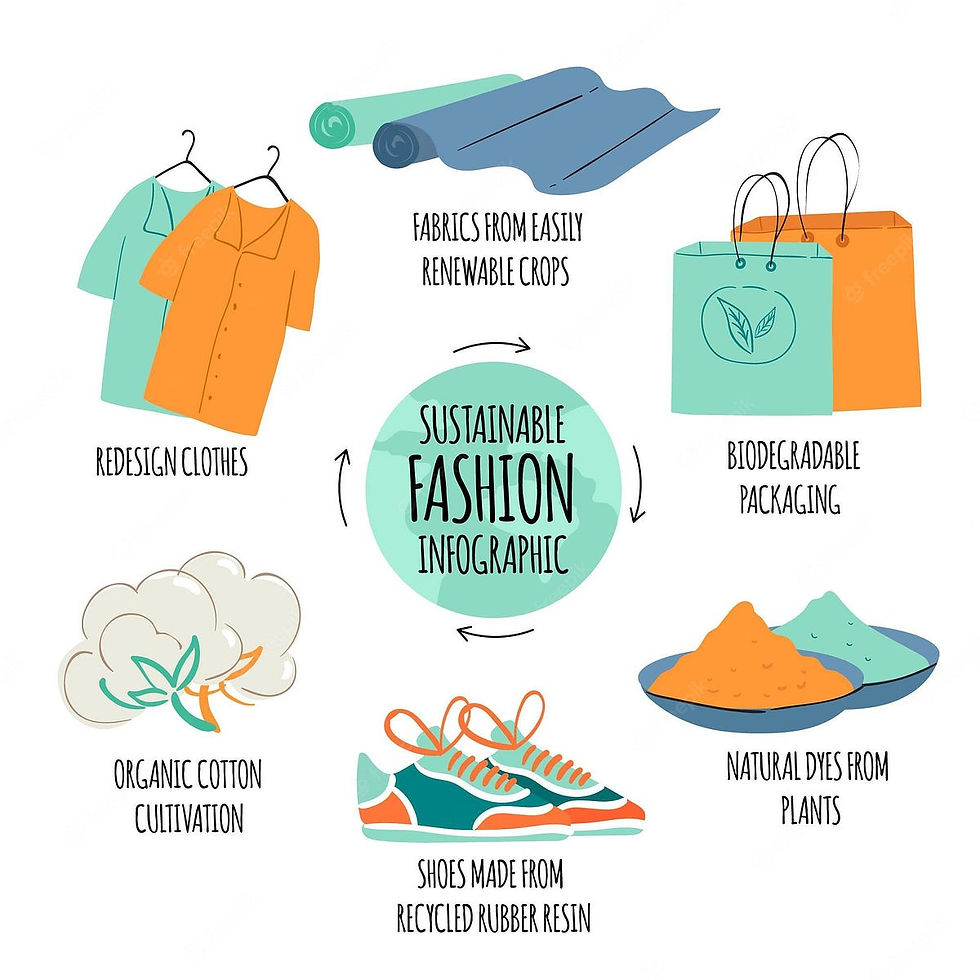Eco-Friendly Fabrics: A Sustainable Future for Fashion
Introduction
Eco-friendly fabrics are revolutionizing the fashion industry by offering sustainable alternatives to traditional textiles. With growing awareness of environmental issues, more consumers and brands are seeking ways to reduce their carbon footprint and support ethical production. But what exactly are eco-friendly fabrics, and why are they so important?

Why Eco-Friendly Fabrics Matter
The fashion industry is one of the most polluting industries globally, largely due to the environmental impact of traditional fabric production. Fabrics like conventional cotton and polyester require enormous amounts of water, energy, and chemicals to produce. By switching to eco-friendly fabrics, we can significantly reduce pollution, waste, and the depletion of natural resources.
What Makes a Fabric Eco-Friendly?
A fabric is considered eco-friendly if it’s produced in a way that minimizes environmental harm. This can involve:
Sustainable sourcing: Using raw materials grown or harvested with minimal environmental impact.
Low-impact production: Reducing energy and water usage during manufacturing.
Biodegradability: Fabrics that naturally decompose without leaving harmful residues.
Recyclability: Fabrics that can be reused or repurposed to extend their lifecycle.

Top Eco-Friendly Fabrics
Organic Cotton
Organic cotton is grown without synthetic pesticides and fertilizers, making it a more sustainable alternative to conventional cotton. It requires less water and helps maintain soil health, making it both eco-friendly and healthier for farmers.
Hemp
Hemp is one of the most sustainable fabrics due to its low water requirements, fast growth rate, and ability to grow without pesticides. It’s durable, biodegradable, and can be used for a wide variety of clothing items.
Bamboo
Bamboo fabric is soft, breathable, and grows quickly without the need for chemicals. However, its production process can be resource-intensive, so it’s important to choose brands that use eco-friendly manufacturing methods.
Tencel (Lyocell)
Tencel is made from wood pulp in a closed-loop process, meaning the chemicals used in production are recycled and reused. This fabric is biodegradable, soft, and has a much lower environmental impact compared to traditional textiles.
Recycled Polyester
Recycled polyester is made from post-consumer plastic waste, such as discarded bottles. By recycling existing plastic, this fabric helps reduce landfill waste and the demand for new petroleum-based materials.
Conclusion
Switching to eco-friendly fabrics is a crucial step toward creating a more sustainable and ethical fashion industry. By choosing fabrics like organic cotton, hemp, bamboo, and recycled polyester, consumers and brands can make a significant positive impact on the environment. The future of fashion lies in these sustainable alternatives, and every small choice makes a difference.

Comments